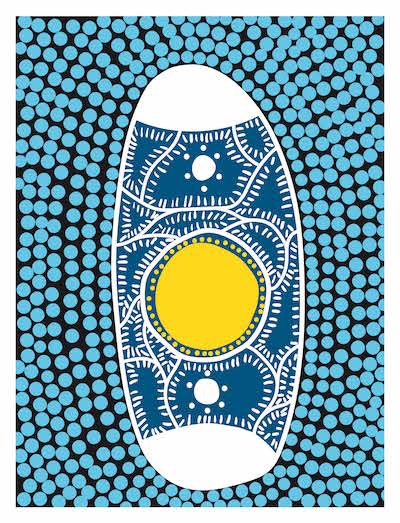When Br. Brian Murphy began his career at the College in 1973 (Teacher, Sports Master, Queens Park Groundskeeper), the only photographs hanging in the pavilion were those of Murray Tate, Cyril Towers, John Potts, Michael Cleary and Morrie Currotta. These were scattered haphazardly on the walls in different sized frames. Murphy quickly became interested in following up other Old Boys who were of international standing, and getting these images framed and hung in a unified manner. The idea was to display old and new photographs and plaques, thereby keeping an historical record of College sporting achievements. Thus began the pavilion’s ‘Wall of Fame’.
The Wall of Fame has an impact on all new visitors to the grounds. Parents of players from visiting schools often spend a long time engaged with the photographs, sometimes finding teammates or competitors from their past. Current Waverley players are inspired – they want to see their photo up there or their name on the boards, particularly the 1st 11 Cricket Honour Board.
The Wall of Fame today represents “about 99% of all Old Boy sporting greats” (Murphy, 2018). With new photos added all the time, wall space is becoming an issue. The top row of bronze school crests, representing all competing schools, had to be taken down recently to make room for more photographs. In the past, Br. Murphy would collect and exhibit all the school neck-ties from visiting competition teams, which served to create a sense for players that they were part of something bigger. Murphy says, “I was the manager of the New South Wales Schoolboys Rugby for a long time and I used to train here and have a presentation dinner and we’d present the NSW 1sts and 2nds their ties and their playing gear. We used to ask each school to give us their school tie, so when we had the photographs surrounded by the ties it gave an idea of… there might be only 40 boys playing this year but there’s 70 or 80 schools who have represented in the past.” The ties have now also been taken down, but kept for posterity.
The playing fields too have evolved since first being levelled in 1937. Br. Murphy recalls:
“When I came the [3] fields ran in parallel, and the first Saturday I saw rugby at Waverley I was horrified because there was not that much space between the sidelines and the first day we were playing Oak Hill and I saw, between two fields, a new born baby in a pram, I saw a surfboard with the fins sticking up, and I saw a bicycle with the pedals sticking out. Any one of those three was a potential serious accident. There was hardly room for the Touch judges to do their job, so I got a tape measure and I got in the middle of this pavilion, and I measured out to see what would happen if I ran the field this way. As it turned out we’ve now got about 13 meters between that [field] and the next one. This [field] is now bigger than it used to be when it was over there, and we’ve got a bit of space. It’s been that way ever since 1973.
When I came first, those trees [to the right of the pavilion] were not there and there was a constant oozing through the bank of water, neither Council Randwick or Waverley would claim responsibility so the Centennial Part Trust planted those trees. They’re Melaleucas and they take a heck of a lot of moisture in so that flooding has never been as bad since. Recent improvements; Centennial Park have put in the stairs up there [Carrington Rd side] and the bank which had eroded away has been filled in and turfed.”
The 2017 crowd for the Rugby final Waverley vs Knox was a highlight for Murphy and Queens Park, with a record number of attendees.
Although now retired from teaching, Brother Murphy keeps strong ties with the Waverley College community, both on and off the sporting fields. Before school he can often be found greeting the students by name and with a handshake as they arrive. At the conclusion of his interview at Queens Park, Murphy, still a man of action, excused himself to dash across to the far field to assist with training.









